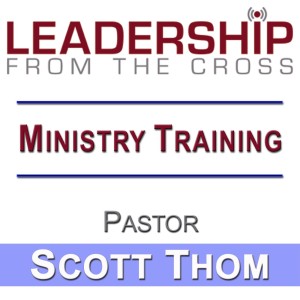“The systems you inherit, adopt or create will eventually impact what staff and volunteers do.” — Andy Stanley
Systems are simply a set of procedures or processes established for achieving a specific result. An easy example is the system you develop for processing invoices or adding new members to the church database. You likely have a standard set of tasks someone on the team repeats week after week to result in bills paid or members added.
For church administrators, systems are part of your weekly routine. For other members of the church staff, the systems may be in place, but they may not call them such or want to embrace the concept. Systems may seem restrictive or too business-like for ministry environments.
However, systems actually support ministry.
Systems drive results
We all want certain results or outcomes from our ministry efforts, right?
- We want our church to grow
- We want to see people come to Christ
- We want marriages restored
- We want children growing up in loving homes honoring and respecting God
- We want strong families and friendships to grow from their involvement with their church family
Those are great results to desire, but they don’t happen on accident.
For example: How do you get the result of seeing people come to Christ?
First, you need to create a culture where your congregation invites unchurched friends. Then, you need a system to ensure your sermons are relatable to people who haven’t yet decided to follow Christ. You also need a system to guide them to the next step (attending a small group where they can ask questions about Christianity, etc.).
When you’re not achieving the results you want, take a close look at your systems. Are they intentional steps you’ve put into place or a series of tasks your team just adopted over time?
Examine your systems and adjust as needed to get the results you want.
Systems help you grow the team
It’s much easier to train new team members or volunteers when you have a system.
New volunteer needs to learn how to check in children on Sunday morning? Simple. We have a standard process for that, and it’s even documented in a simple checklist.
Want to train a back up to handle accounts payable while you’re on vacation? No problem. Here’s the list of steps for processing and paying invoices.
The key here is to document these systems and make the documentation easy to use. Anyone should be able to follow the steps in your documentation and, without any help from you, complete the process.
Creating the documentation is simple:
- Perform the process and document each task (including every mouse click and menu option)
- Ask someone on staff who’s never performed that task before to follow the documentation with you present
- Take notes of any questions he/she asks or directions that aren’t completely clear
- Update the documentation accordingly
Use the documentation for training new team members or volunteers. Create simple checklists you can post in volunteer areas to remind people of the steps.
But don’t get complacent
While systems are great for supporting ministry, stale systems can start to inhibit your efforts.
The key to making sure this doesn’t happen is evaluating and updating systems regularly. This goes back to the desired results of your church leadership and whether the systems are producing those results.
If you’re getting feedback from volunteers who are not sure what you’re asking them to do or that a certain process feels too cumbersome, review the system. Make some adjustments to find what works.
Remember: What worked five years ago may not work at all now. Don’t get so committed to your systems that you’re not willing to change based on new conditions (larger congregation, changes in your community, new technology options and more).
Developing, maintaining and improving these systems takes intentional effort. While it can be a lot of work, you’re much more likely to achieve the results you desire if you invest time in quality systems that support ministry.
Originally posted here









